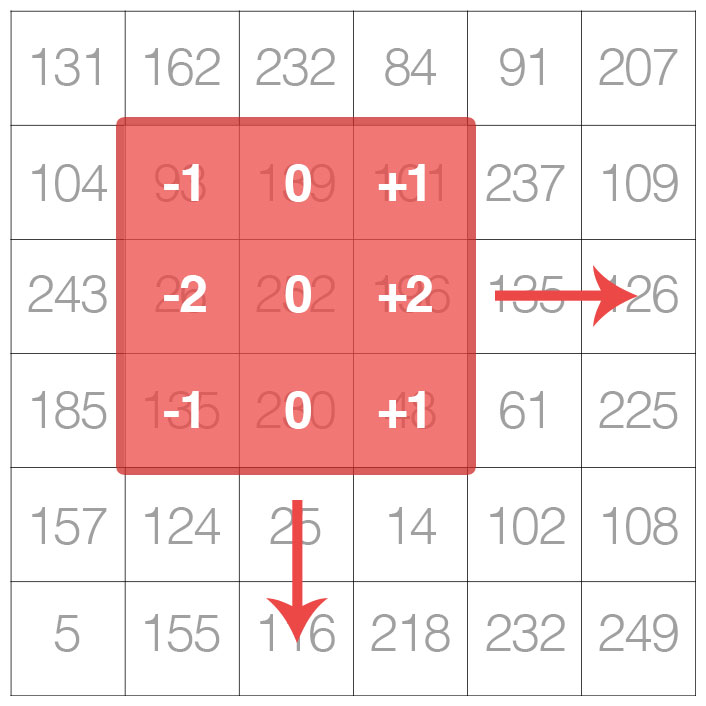Blurring and smoothing are another set of image processing functions that might not be super interesting on the surface but are critical when detecting objects in images.
In particular, when you apply object detection and counting via edge detection, thresholding, and contour extraction (which we cover in the remainder of Practical Python and OpenCV), you’ll commonly apply blurring to reduce the details in the image, thereby allowing you to focus on the actual “structural objects” in the image.
You learned how to blur an image…but what about detecting blur?
This chapter demonstrated how to smooth and blur an image, but did you know that you can actually detect if an image is blurred?
The method detailed in the tutorial above utilizes the Laplacian operator which we cover in Chapter 9 of Practical Python and OpenCV.
Kernel operations and convolutions
One topic that I didn’t get a chance to dive into in Practical Python and OpenCV is the convolution operation.
Whether you are smoothing an image, sharpening details, or detecting edges, convolutions are being applied.
So what exactly are convolutions?
And what role do they play in computer vision, image processing, and deep learning?
To find out, be sure to give this tutorial a read:
http://www.pyimagesearch.com/2016/07/25/convolutions-with-opencv-and-python/

